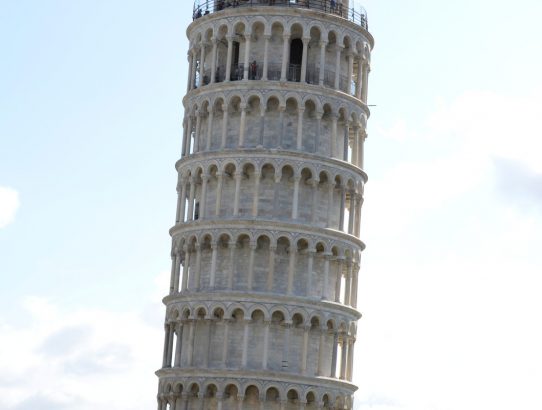La Rambla Street – Spain
La Rambla Street is a tree-lined pedestrian street in central Barcelona and is one of the most popular attractions to visit in Barcelona. It begins at the Placa de Catalunya (Park of Catalonia) and stretches for 1.2 Kilometers (0.75 miles) where it ends at the Christopher Columbus Monument. A photo of the Park of Catalonia…
Read More










